
Artabotrys suaveolens
(MRP Inclusive of all taxes)
- Shipping ₹79 for entire order
- Dispatch in 7 days
- Country of origin: India

(MRP Inclusive of all taxes)
 Save 29%
Save 29%
Air Purifier Money Plant with Pot The Air Purifier Money Plant, also known as Pothos or Epipremnum aureum, is a stunning indoor plant that...
View full details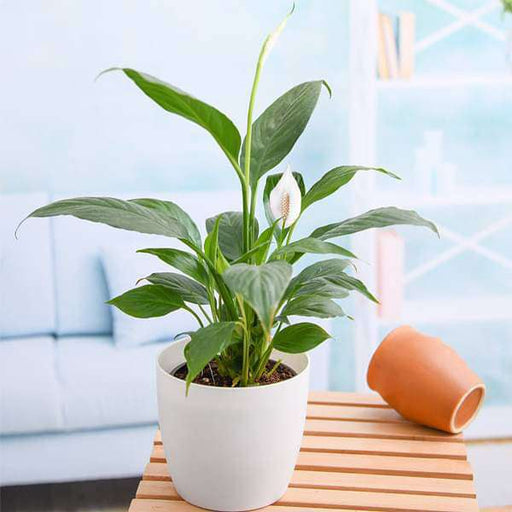
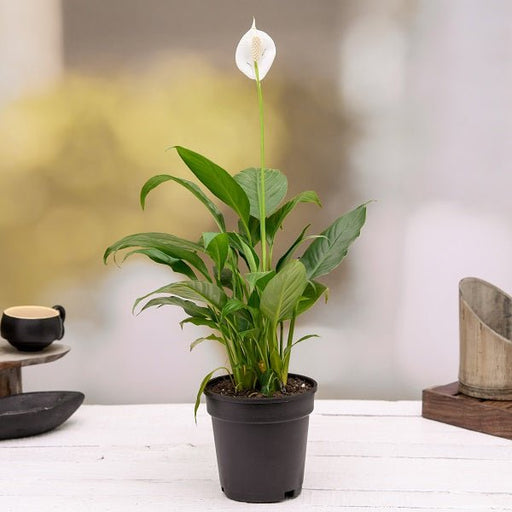 Save up to 15%
Save up to 15%
Peace Lily, Spathiphyllum - Plant The Peace Lily, scientifically known as Spathiphyllum, is a stunning houseplant celebrated for its elegant white...
View full details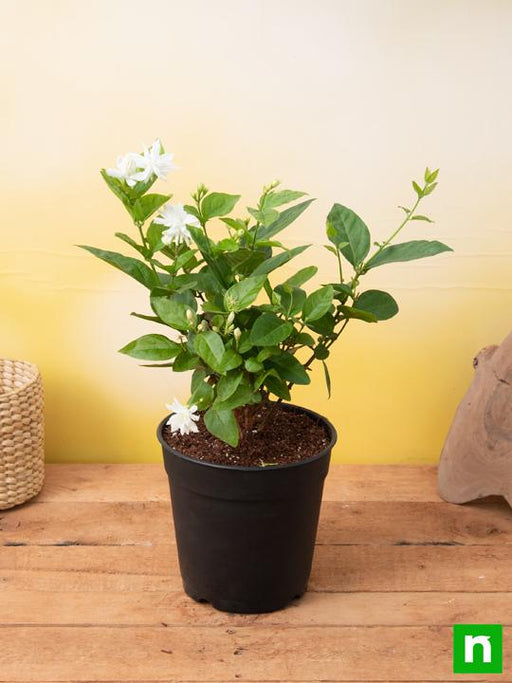
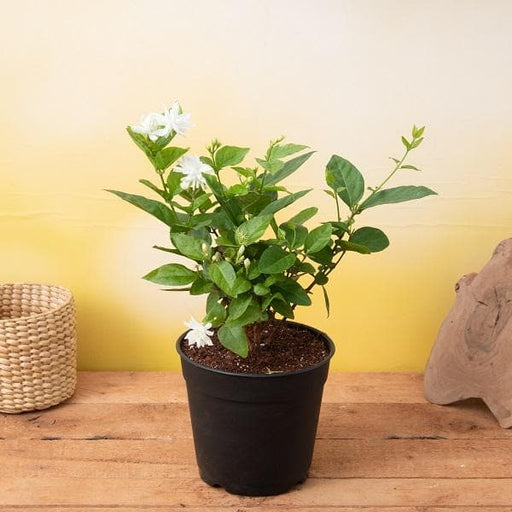 Save 25%
Save 25%
Jasminum sambac, Mogra, Arabian Jasmine - Plant Jasminum sambac, commonly known as Mogra or Arabian Jasmine, is a fragrant flowering plant...
View full details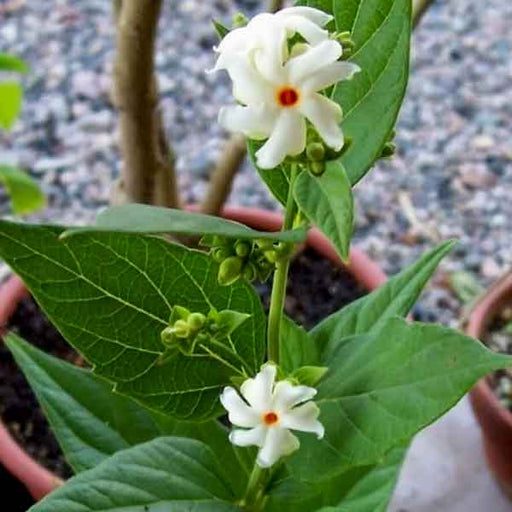
 Save 18%
Save 18%
Combo Constituents Includes the Parijat Tree (Night-Flowering Jasmine), a culturally significant plant with fragrant flowers. Description The Pari...
View full details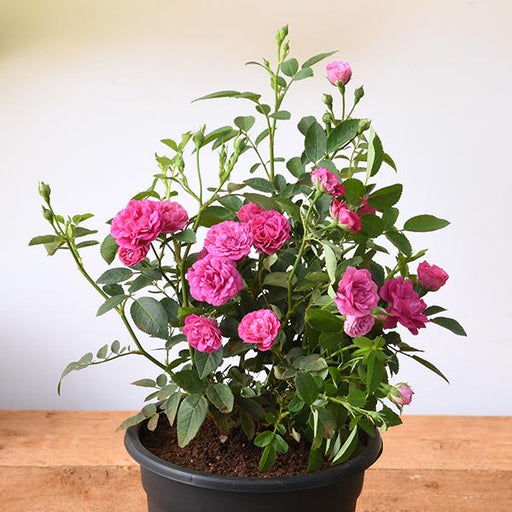
 Save 25%
Save 25%
Miniature Rose, Button Rose (Any Color) - Plant The Miniature Rose, also known as the Button Rose, is a charming and compact flowering plant that ...
View full details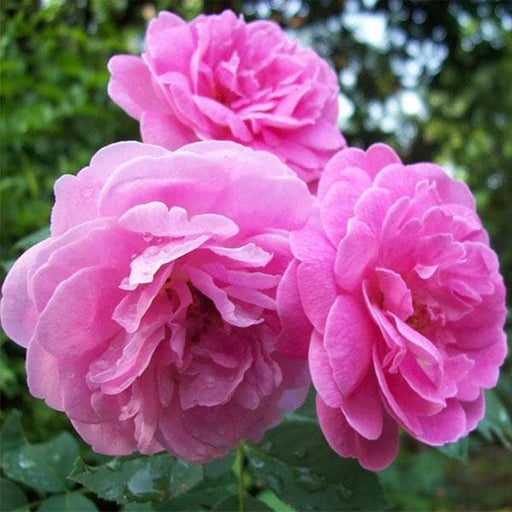 Save 25%
Save 25%
Damascus Rose, Scented Rose (Any Color) - Plant The Damascus Rose, also known as Rosa damascena, is a timeless symbol of beauty and romanc...
View full details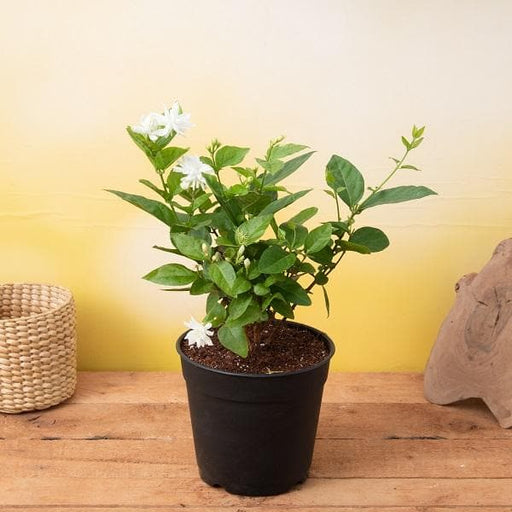
 Save 17%
Save 17%
Beautiful Fragrant Mogra, Arabian Jasmine Plant with Pot The Beautiful Fragrant Mogra, also known as Arabian Jasmine (Jasminum sambac), is...
View full details Save 15%
Save 15%
Pack of Vermicompost and Neem Cake for House Plants Transform your indoor garden with our premium Pack of Vermicompost and Neem Cake, spec...
View full details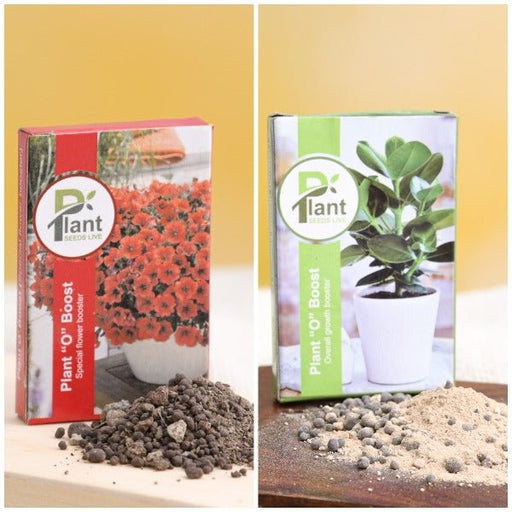
Pack of Plant Growth and Flower Boosters Unlock the full potential of your garden with our Pack of Plant Growth and Flower Boosters! This ...
View full details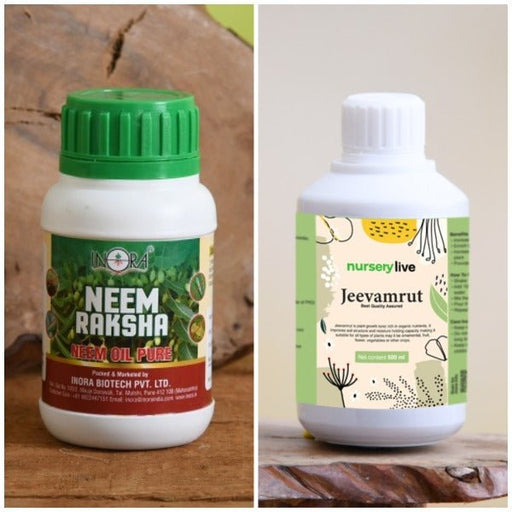 Save 38%
Save 38%
Combo of Jeevamrut and Neem Raksha for Easy Growth and Protection of Houseplants Transform your indoor garden with our exclusive combo of ...
View full details Save 22%
Save 22%
Plant Nutrients Kit (Pack of 16) for a Healthy Garden Transform your garden into a lush paradise with our Plant Nutrients Kit, featuring 1...
View full details Save 16%
Save 16%
Combo of Top Plant Fertilizers Elevate your gardening game with our exclusive Combo of Top Plant Fertilizers, featuring two bags of premiu...
View full details Save 24%
Save 24%
Pack of 4 Additives to Make Soil Healthy and Nutrient Rich Transform your garden into a thriving ecosystem with our Pack of 4 Additives de...
View full details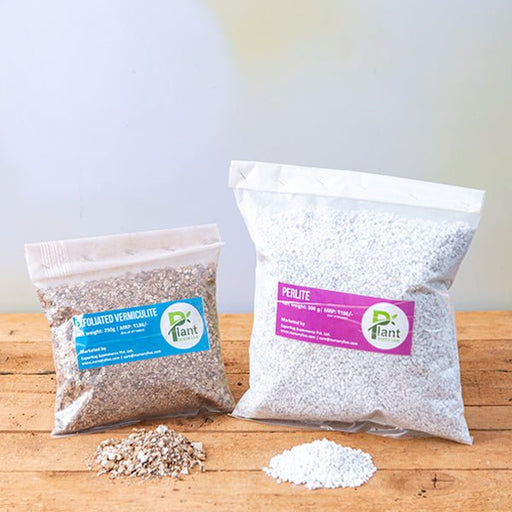 Save 30%
Save 30%
Transform your gardening experience with our premium Combo of Perlite and Vermiculite. This unique blend is designed to enhance soil aeration and ...
View full details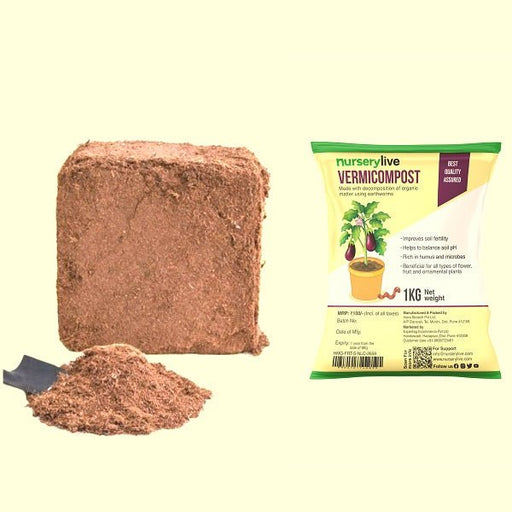 Save 27%
Save 27%
Combo of 2 Vermicompost and Cocopeat - Enrich Your Soil Naturally! Transform your garden into a thriving ecosystem with our Combo of 2 Ver...
View full details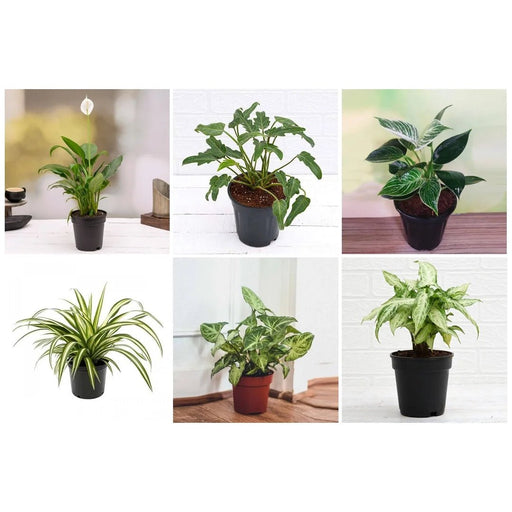
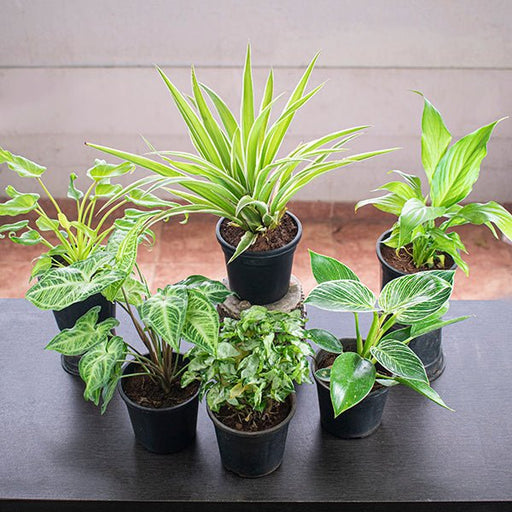 Save 35%
Save 35%
Best 6 Plants for Perfect Indoor Garden Transform your living space into a lush oasis with our curated collection of the Best 6 Plants for a...
View full details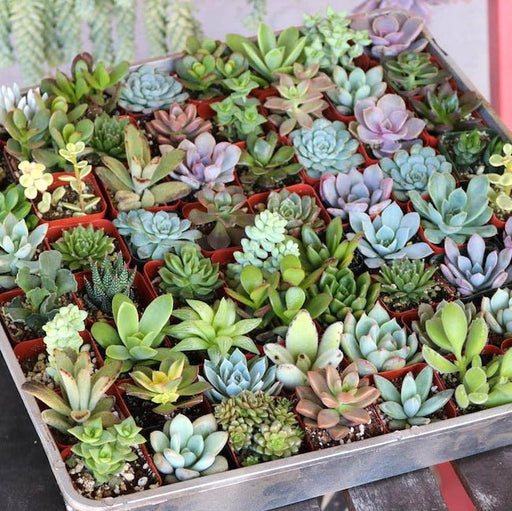
 Save up to 50%
Save up to 50%
Mini Succulent Garden Pack Transform your space with our Mini Succulent Garden Pack, featuring a delightful collection of 4 any variety beautiful s...
View full details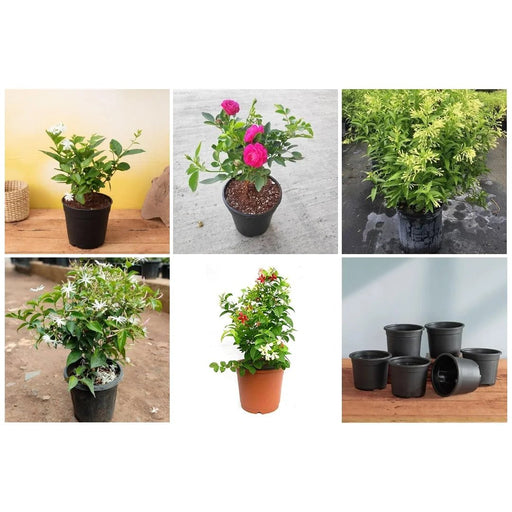
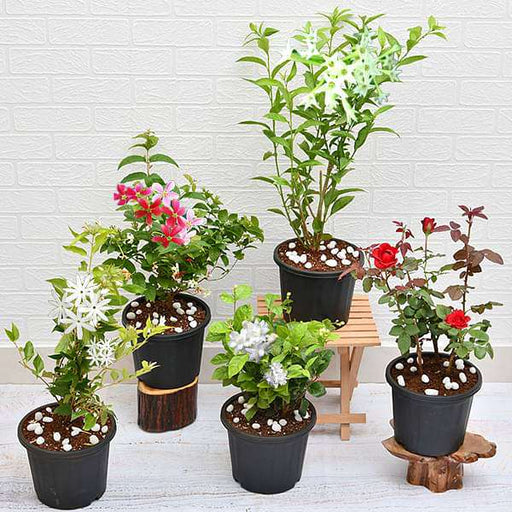 Save 30%
Save 30%
5 Best Fragrant Plants Transform your garden or indoor space into a fragrant paradise with our curated selection of the 5 Best Fragrant Plants. Th...
View full details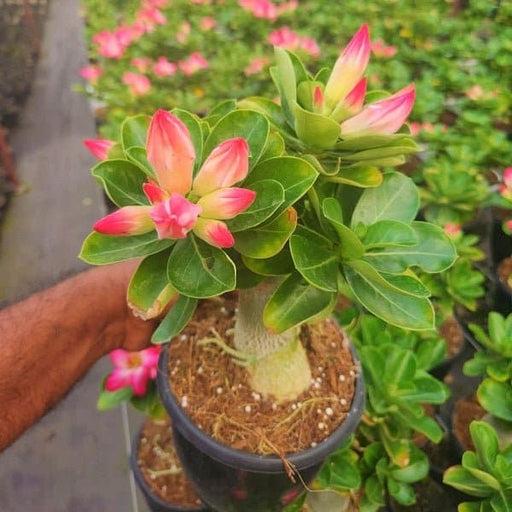
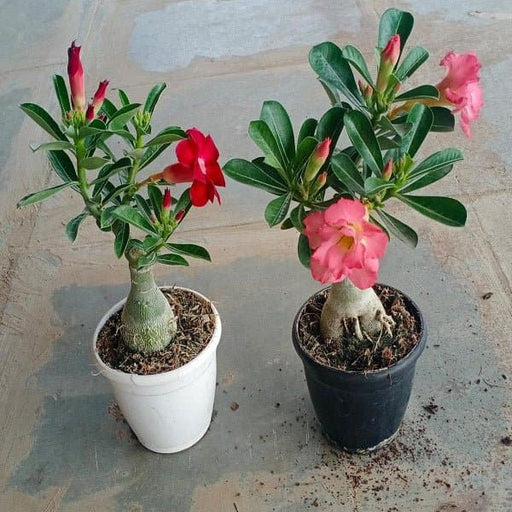 Save 24%
Save 24%
Set of 2 Bonsai Looking Grafted Adeniums Transform your indoor or outdoor space with our exquisite Set of 2 Bonsai Looking Grafted Adenium...
View full details Save 45%
Save 45%
Top 4 Die Hard Succulents Pack Transform your indoor or outdoor space with our Top 4 Die Hard Succulents Pack, featuring a curated selecti...
View full details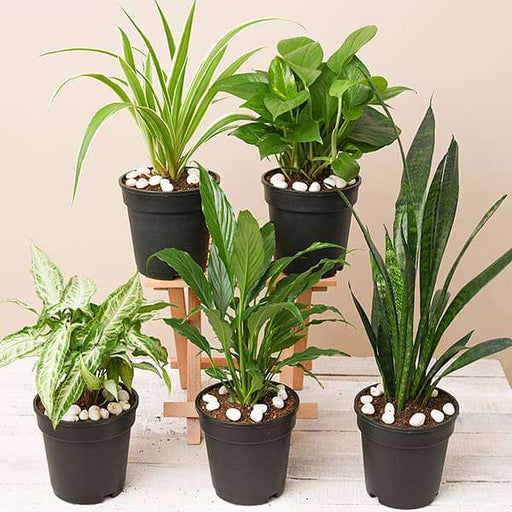
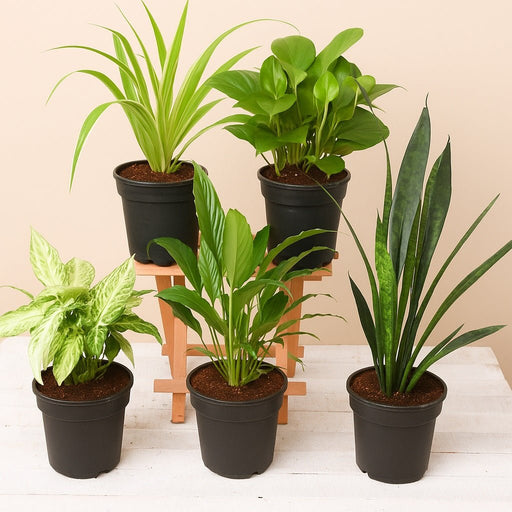 Save 30%
Save 30%
5 Best Indoor Plants Pack Transform your living space into a lush oasis with our '5 Best Indoor Plants Pack.' This carefully curated collection fe...
View full details
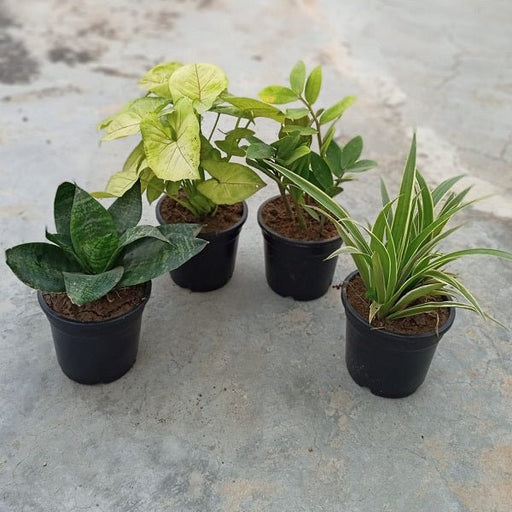 Save 25%
Save 25%
Set of 4 Evergreen Air Purifier Plant Pack Transform your indoor space into a lush, green oasis with our Set of 4 Evergreen Air Purifier Pla...
View full details| SrNo | Item Name |
|---|---|
| 1 | Artabotrys suaveolens |
Artabotrys suaveolens, commonly known as the fragrant tree or the climbing ylang-ylang, is a tropical vine native to Southeast Asia. Renowned for its sweet, captivating aroma, this evergreen plant produces stunning yellow-green flowers that bloom throughout the year. Its lush foliage and delightful scent make it a popular choice for gardens and landscapes, adding both beauty and fragrance to any outdoor space.
What sets Artabotrys suaveolens apart is its unique ability to attract pollinators, particularly moths, with its intoxicating scent. This plant not only enhances the aesthetic appeal of gardens but also plays a vital role in supporting local ecosystems. Its flowers are often used in traditional medicine and perfumery, showcasing its versatility and cultural significance.
One of the special features of Artabotrys suaveolens is its climbing habit, allowing it to thrive in vertical spaces. This makes it an excellent choice for trellises, fences, or as a ground cover. Its resilience and adaptability to various soil types further enhance its appeal for gardeners looking to create a fragrant oasis.
Artabotrys suaveolens plays a crucial role in its native ecosystem by attracting pollinators, which are essential for the reproduction of many plant species. Its ability to thrive in various soil types makes it a resilient choice for reforestation and habitat restoration projects. By planting this fragrant vine, gardeners can contribute to biodiversity and support local wildlife.
This tree isn’t just a pretty face; it’s a multitasking marvel! Known for its fragrant flowers, Artabotrys suaveolens, or the "climbing ylang-ylang," offers a delightful aroma that can turn any garden into a fragrant paradise. Beyond its olfactory charms, it’s also a natural air purifier, helping to cleanse the air while you sip your morning coffee. Plus, its leaves are often used in traditional medicine, making it a go-to for those who believe in the healing power of nature. Who knew a tree could be so beneficial?
Caring for the Artabotrys suaveolens is like nurturing a diva; it requires attention but rewards you with beauty. This tree thrives in well-drained soil and loves a sunny spot, so make sure to give it the royal treatment. Regular watering is essential, but don’t drown it—think of it as a spa day, not a waterboarding session. Pruning is also key to keeping it in shape, ensuring it grows tall and proud, just like a tree should!
If you’re looking for a tree that grows faster than your neighbor’s gossip, Artabotrys suaveolens is your best bet. This beauty can reach impressive heights in just a few years, making it a popular choice for those who want instant garden gratification. With the right care, you’ll be watching it climb the ranks of your garden in no time. Just remember, patience is a virtue, but with this tree, you won’t have to wait long for the show!
Propagating Artabotrys suaveolens is like playing matchmaker for plants. You can do it through seeds or cuttings, and both methods have their charm. Seeds require a bit of patience, while cuttings are like a quick fling—fast and rewarding. Just ensure you provide the right conditions, and soon enough, you’ll have a mini forest of these aromatic wonders. Who knew matchmaking could be so fruitful?
The uses of Artabotrys suaveolens are as diverse as a buffet at a family reunion. From ornamental landscaping to traditional medicine, this tree wears many hats. Its flowers are often used in perfumes, while the leaves can be brewed into teas that are said to have various health benefits. Plus, it’s a favorite among gardeners looking to attract pollinators. Talk about a tree that knows how to throw a party!
This tree is a true globetrotter, thriving in tropical and subtropical climates. Whether it’s the lush jungles of Southeast Asia or the sunny gardens of the Caribbean, Artabotrys suaveolens knows how to find its happy place. It prefers well-drained soil and a bit of humidity, making it the perfect companion for those living in warmer regions. Just don’t expect it to survive a snowstorm; it’s not a fan of the cold!
Like any diva, Artabotrys suaveolens can attract a few unwanted guests. Common pests include aphids and spider mites, which can be as annoying as a fly at a picnic. But fear not! With a little vigilance and some natural pest control methods, you can keep these nuisances at bay. Regular inspections and a good spray of neem oil can help maintain your tree’s beauty and health. After all, no one likes an uninvited guest!
The flowers of Artabotrys suaveolens are the real showstoppers, boasting a fragrance that can make even the most stoic gardener swoon. These yellow-green blooms are not just a feast for the eyes; they also attract a variety of pollinators, making your garden a buzzing hotspot. Their unique shape and delightful scent make them a favorite for floral arrangements, ensuring that this tree is the belle of the botanical ball.
While the flowers steal the spotlight, the fruit of Artabotrys suaveolens is a hidden gem. These small, fleshy fruits are not only edible but also packed with flavor. They can be enjoyed fresh or used in jams and desserts, adding a tropical twist to your culinary adventures. Just be careful not to eat too many; you don’t want to be the one who overindulges at the fruit buffet!
If you’re looking to elevate your landscaping game, Artabotrys suaveolens is your secret weapon. This tree adds a touch of elegance and a splash of fragrance to any garden. Its climbing nature makes it perfect for trellises or as a backdrop for other plants. Plus, it’s a conversation starter—everyone will want to know about that exotic beauty in your yard. Get ready for compliments and garden envy!
In various cultures, Artabotrys suaveolens has been revered for its traditional uses. From medicinal applications to cultural rituals, this tree has a rich history that adds depth to its beauty. Its leaves and flowers are often used in local remedies, showcasing the wisdom of generations who have turned to nature for healing. Embracing this tree means embracing a piece of cultural heritage, making your garden not just beautiful but meaningful too!
Artabotrys suaveolens, also known as the "wild custard apple," is a tropical vine that boasts fragrant, yellow-green flowers. It’s like nature’s perfume factory, attracting pollinators with its sweet scent. This plant is not just a pretty face; it’s also a culinary delight in some cultures, adding a unique twist to dishes.
You can find Artabotrys suaveolens in tropical and subtropical regions, particularly in Southeast Asia and parts of Africa. It loves warm, humid climates, so if you’re in a place that feels like a sauna, you’re in luck! Just look for its climbing vines and delightful flowers, and you’ll be in the right spot.
Caring for Artabotrys suaveolens is like nurturing a diva; it loves well-drained soil, bright light, and regular watering. Just don’t drown it! Prune it occasionally to keep it in shape, and watch out for pests—this plant doesn’t take kindly to uninvited guests. Treat it right, and it’ll reward you with fragrant blooms.
Yes, Artabotrys suaveolens is edible! Its fruit is often described as a tropical treat, with a flavor reminiscent of custard and banana. However, be cautious; not all parts of the plant are safe to eat. Stick to the ripe fruit, and you’ll be in for a delicious surprise that’ll make your taste buds dance.
Artabotrys suaveolens has been used in traditional medicine for various ailments, from digestive issues to skin problems. It’s like a natural pharmacy, offering remedies that have stood the test of time. However, always consult a healthcare professional before diving into herbal remedies; you wouldn’t want to turn a remedy into a riddle!
Absolutely! Artabotrys suaveolens can thrive indoors if given enough light and humidity. Just treat it like a houseguest who loves sunshine and a good drink. Place it near a bright window, keep the soil moist, and it’ll flourish, filling your home with its delightful fragrance and vibrant greenery.
Artabotrys suaveolens is a speedy climber, often growing several feet in a single season. It’s like the overachiever of the plant world! With the right conditions—warmth, moisture, and support—it can quickly cover trellises or fences, making it a fantastic choice for those looking to add greenery in a hurry.
Artabotrys suaveolens can attract pests like aphids, mealybugs, and spider mites. Think of them as the uninvited party crashers at your plant’s soirée. Regularly inspect your plant and use insecticidal soap or neem oil to send these pests packing. Keep your plant healthy, and it’ll be the belle of the botanical ball!
Yes, Artabotrys suaveolens is known for its intoxicating fragrance! Its flowers emit a sweet, fruity aroma that can fill your garden with delightful scents. It’s like having a natural air freshener that doesn’t require batteries. Just be prepared for compliments from neighbors who might wonder what’s making their noses so happy!
Yes, you can propagate Artabotrys suaveolens through cuttings or seeds! It’s like sharing a piece of your plant’s charm with the world. For cuttings, ensure they’re healthy and rooted in moist soil. With a little patience and care, you’ll have new vines climbing and blooming in no time, spreading joy wherever they go.
Artabotrys suaveolens thrives in warm, humid climates, making it a tropical superstar. It loves temperatures between 20-30°C (68-86°F) and plenty of moisture. If you live in a cooler area, consider growing it in a greenhouse or as a houseplant. Just remember, it’s not a fan of frost—so keep it cozy!
In some cultures, Artabotrys suaveolens is celebrated for its beauty and fragrance, often used in traditional ceremonies and rituals. It’s like the celebrity of the plant world, gracing events with its presence. Additionally, its fruit is enjoyed in various culinary dishes, making it a beloved ingredient in local cuisines.